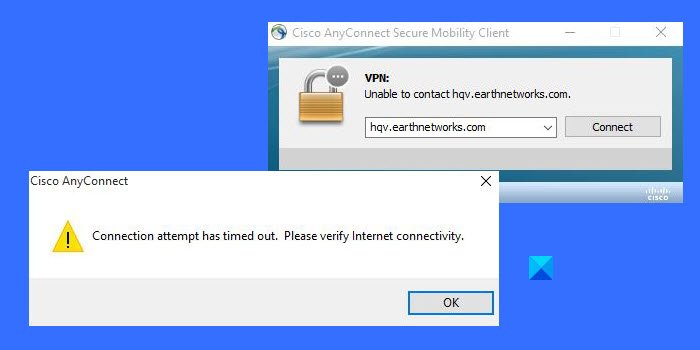
Cisco anyconnect mac log file location update#
Cisco anyconnect mac log file location windows#
After VPN authentication, the Windows logon dialog appears, and the user logs in as usual.ġ. Install the An圜onnect Start Before Logon Module. When SBL is installed and enabled, An圜onnect starts before the Windows logon dialog box appears, ensuring users are connected to their corporate infrastructure before logging on. This is a client side configuration that can be enabled via the An圜onnect profile. This feature called Start Before Logon (SBL) allows users to establish their VPN connection to the enterprise infrastructure before logging onto Windows. Profiles can also be pushed to users via other methods e.g. This will determine if the user can disconnect from the VPN.Ħ. Click File, Save the profile, then upload it on the Dashboard > Security & SD-WAN > An圜onnect Settings > "Profile Update option" and save your configuration. (Optional) Select or un-select Allow VPN Disconnect. Configure Trusted Network Detection for Trusted and Untrusted Network.ĥ. For more details see Always-Onġ. Open the VPN Profile Editor and choose Preferences (Part 2) from the navigation pane.ģ. Enforcing the VPN to always be on in this situation protects the computer from security threats. Manually: Profiles can also be preloaded manually to the same paths as listed above.Īlways-On operation prevents access to Internet resources when the computer is not on a trusted network, unless a VPN session is active. %ProgramData%\Cisco\Cisco An圜onnect Secure Mobility Client\Profileģ. Through an MDM solution: Systems Manager, an equivalent MDM solution, or Active Directory can be used push files to specific destinations on the end user's device. Profiles can also be pushed to the following paths:


Through the An圜onnect server (MX): If profiles are configured on the dashboard, the MX will push the configured profile to the user's device after successful authentication.Ģ. When a profile is created, it needs to get pushed to the end user's device.

For more details, see An圜onnect profiles. It is important to note that at this time, the Meraki MX does not support other optional client modules that require An圜onnect head-end support. These profiles can contain configuration settings like server list, backup server list, authentication time out, etc., for client VPN functionality, in addition to other optional client modules like Network Access Manager, ISE posture, customer experience feedback, and web security. Even if the hostname was easy to remember, selecting from a list of servers from the An圜onnect drop-down is more convenient that typing in a hostname.Ĭisco An圜onnect client features are enabled in An圜onnect profiles. Profiles can be used to create hostname aliases, thereby masking the Meraki DDNS with a friendly name for the end user. ) not as simply as a custom hostname, the need for An圜onnect profiles cannot be overemphasized. An An圜onnect profile is a crucial piece for ensuring easy configuration of the An圜onnect client software, once installed. With the Meraki DDNS hostname (e.g.


 0 kommentar(er)
0 kommentar(er)
